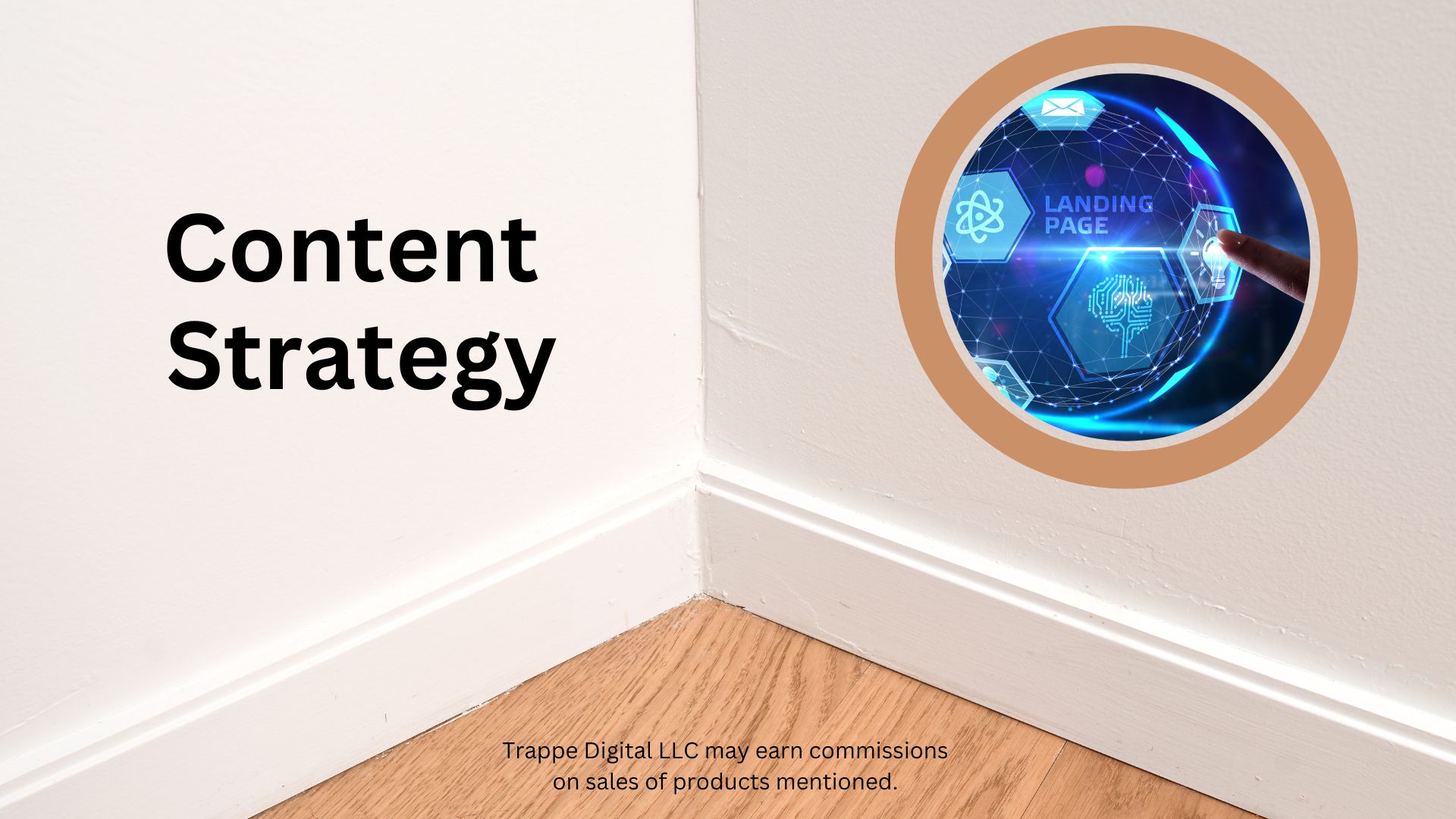Trappe Digital LLC may earn commissions from sponsored links and content. When you click and buy you also support us.
Cognitive overload can make our lives as content strategists and content designers so much more difficult. Our target audiences may be overwhelmed, stuck, or frustrated when we overload them, but how does that happen, and how do we make it stop?
“It’s such a hot topic right now, and cognitive overload is too much information,” said Neil Petty, host of the “Storytelling for Content Design Podcast.”
- What is cognitive overload?
- Why does it happen?
- How to identify cognitive overload?
- Steps to prevent it
“We have to be respectful and empathetic that there’s another person on the other end,” Neil said on “The Business Storytelling Show.”
What is cognitive (over)load?
Cognitive overload can happen in a lot of situations:
- Conversations with consumers
- The website experience
- The amount of content included in articles, social posts, and email marketing campaigns
- Really any touchpoint with consumers
Cognitive load is what our brains are currently processing. So, let’s say somebody is visiting your website to evaluate your product and looking for specific information. Giving them the wrong information or presenting it overwhelmingly can lead to an undesired result: Inaction or frustration by the person looking at the content.
Read next: 5 Things to Know About Core Web Vitals
Why does cognitive overload happen?
Sometimes it happens because we’re creating by committee. Everyone has an opinion of what else should be added and what else needs to be included, And when you let that happen, at some point, the experience is a wild mess for the consumer.
As Joshua Womack said in “I’m a copywriter, but…” people have opinions – even when they don’t have any knowledge of the topic.
Another thing that happens is that it’s challenging to create content that hits the sweet spot for consumers. So sometimes it’s easier to write longer. But what we really should be doing is writing shorter. Sometimes we should be using images instead of text. But we don’t have any suitable photos, so use text instead.
It can also happen that we don’t understand what our consumers know already or want. What message would align with them and help them solve their problems? To hide that misunderstanding, content strategists might create a muddle-together experience.
“Sometimes we get into that trap of overexplaining,” Neil said. “Sometimes, that can get caught in the whirlwind of design and production. And before you know it, you have that experience that is too much.”
How to identify cognitive overload
“Test and learn,” Neil said. “This is Model A, and this is Model B and C, and we’ll see how they perform.”
In addition, create a useful and practical style guide that includes styles based on performance to construct a good and valuable experience. Online tools like Grammarly and even the AP Style Guide let you add your style for written content.
Also, Neil said to consider getting feedback from people outside the marketing team. But be careful about how you ask questions. The book “The Mom Test” gives a good overview of asking better questions to internal people as well as consumers in general.
Also, read people’s body language when people offer feedback, Neil said.
Read next: Amazon now offers free samples on Kindle books and makes making money even harder for writers
How to prevent cognitive overload
Understanding your consumer is the foundation, But then we also have to know how those consumers behave on our digital properties. When we create content, having some restrictions can also be helpful.
For example, when I launched YouTube ads, the requirements on how long the written copy could be were super restrictive. And while we want to be creative and aim to be creative, having some guidelines and space restrictions is helpful.
That doesn’t mean we should design and add lorem ipsum in a way that only focuses on the look. But we can use lorem ipsum or a similar placeholder after determining the overall strategic design and what goal the experience is trying to go after.
Also, stay on top of trends:
- What are people paying attention to?
- Are there any specific channels right now that consumers prefer?
- How about content types – video, audio, text, etc.? Which ones work best for a specific situation?
“That’s when you must partner with research,” Neil said. “A lot of companies are creating a lot of content but are not really molding it after the person reading it.”
Getting the cognitive load right comes back to not sharing too much.
“Minimalism is beautiful,” Neil said. “Yes, people love to read, but having those guardrails makes something appear with less cognitive load.”



